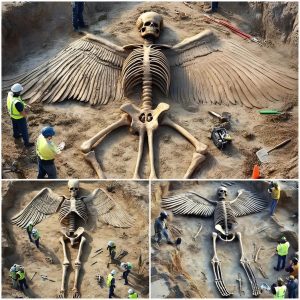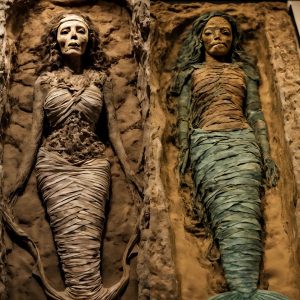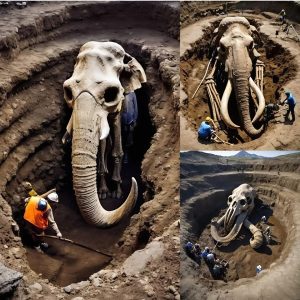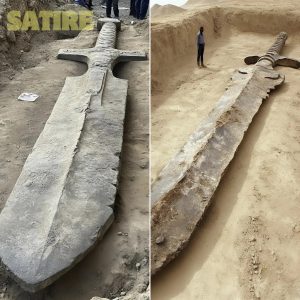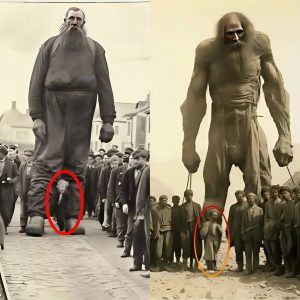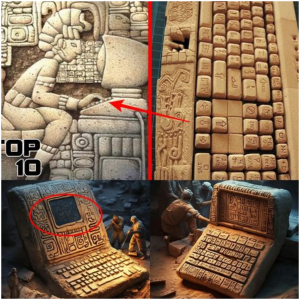In the annals of American history, a trio of enigmatic and fascinating subjects has captivated the imagination of historians and enthusiasts alike: the mysterious mound builders, the legends of ancient giants, and the tantalizing Hollow Earth theory. These topics weave a rich tapestry of intrigue and speculation, inviting us to delve deeper into the unknown chapters of our past.
The Mysterious Mound Builders
Scattered across the American landscape are thousands of earthen mounds, silent sentinels of a forgotten era. These mounds, some of which are intricately designed and geometrically precise, were constructed by ancient civilizations known collectively as the mound builders. The most famous of these structures is the Great Serpent Mound in Ohio, a massive, serpentine earthwork that stretches over 1,300 feet in length. Despite extensive research, the purpose and methods behind these constructions remain shrouded in mystery. Were they burial sites, ceremonial centers, or astronomical observatories? Each new discovery adds another piece to this historical puzzle, but many questions still linger.
Legends of Ancient Giants
Adding to the allure of the mound builders are the legends and occasional archaeological claims of ancient giants. Numerous accounts from the 19th and early 20th centuries tell of giant skeletal remains unearthed from burial mounds, sparking debates and wild theories about a race of towering beings that once roamed America. While mainstream archaeology has yet to confirm the existence of such giants, these tales persist in the collective consciousness, fueled by the tantalizing possibility that our history books may only tell part of the story.
The Hollow Earth Enigma
Perhaps the most fantastical of these mysteries is the Hollow Earth theory, a concept that has intrigued and perplexed explorers and theorists for centuries. According to this theory, the Earth is not a solid sphere but rather contains vast, habitable spaces within its interior. Some variations even suggest the presence of advanced civilizations residing in these subterranean realms. The idea gained traction in the early 20th century, inspired by literary works and the accounts of explorers who claimed to have found entrances to these hidden worlds. While modern science dismisses the Hollow Earth theory as a fascinating but implausible myth, it remains a captivating element of speculative history.

Bridging the Past and the Present
The exploration of these mysteries does more than just satisfy our curiosity; it connects us with the rich and diverse cultural heritage of America’s ancient inhabitants. The mounds stand as monuments to their ingenuity and spirituality, the tales of giants remind us of the power of folklore and legend, and the Hollow Earth theory challenges us to expand our understanding of what is possible. Together, they form a compelling narrative that invites us to look beyond the surface and seek out the deeper truths hidden within our history.
Conclusion
As we continue to unearth the secrets of the mound builders, ponder the legends of ancient giants, and explore the Hollow Earth enigma, we are reminded of the vast, untapped reservoir of knowledge that lies beneath our feet. These mysteries serve as a testament to the enduring human spirit of inquiry and the boundless curiosity that drives us to explore the unknown. Whether fact or fiction, they enrich our understanding of the past and inspire us to keep searching for the truths that still await discovery.
